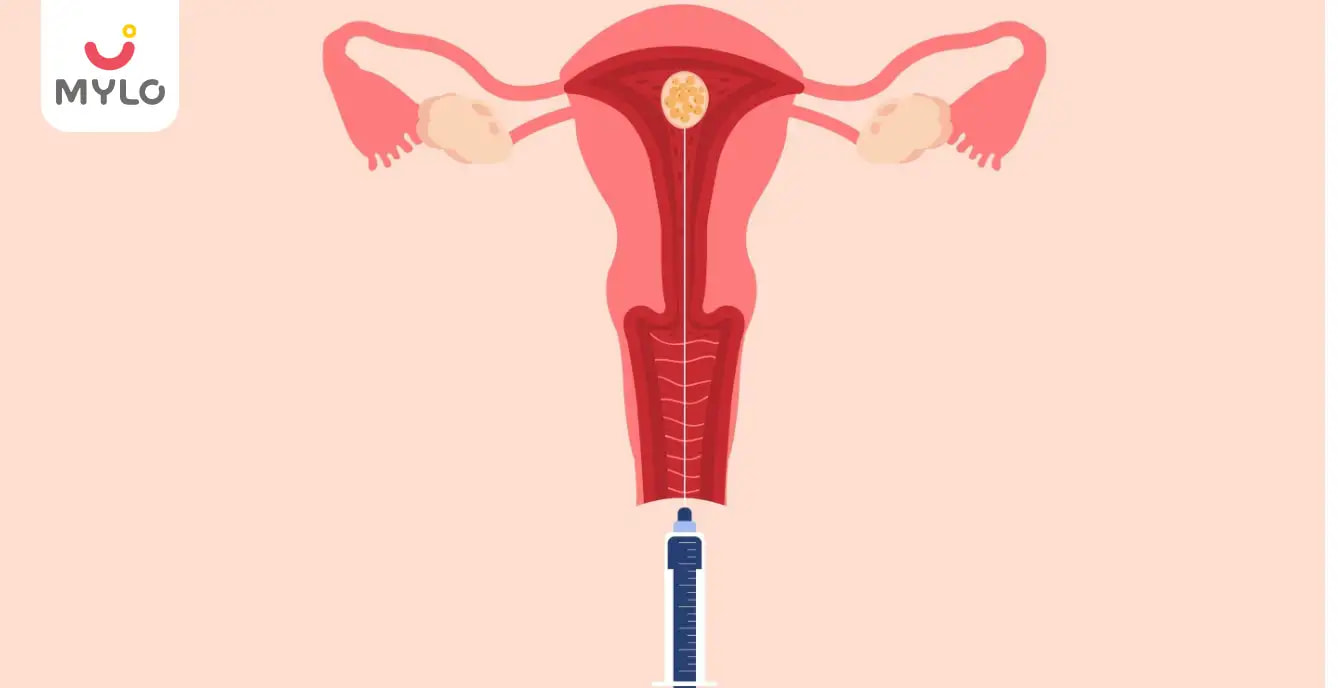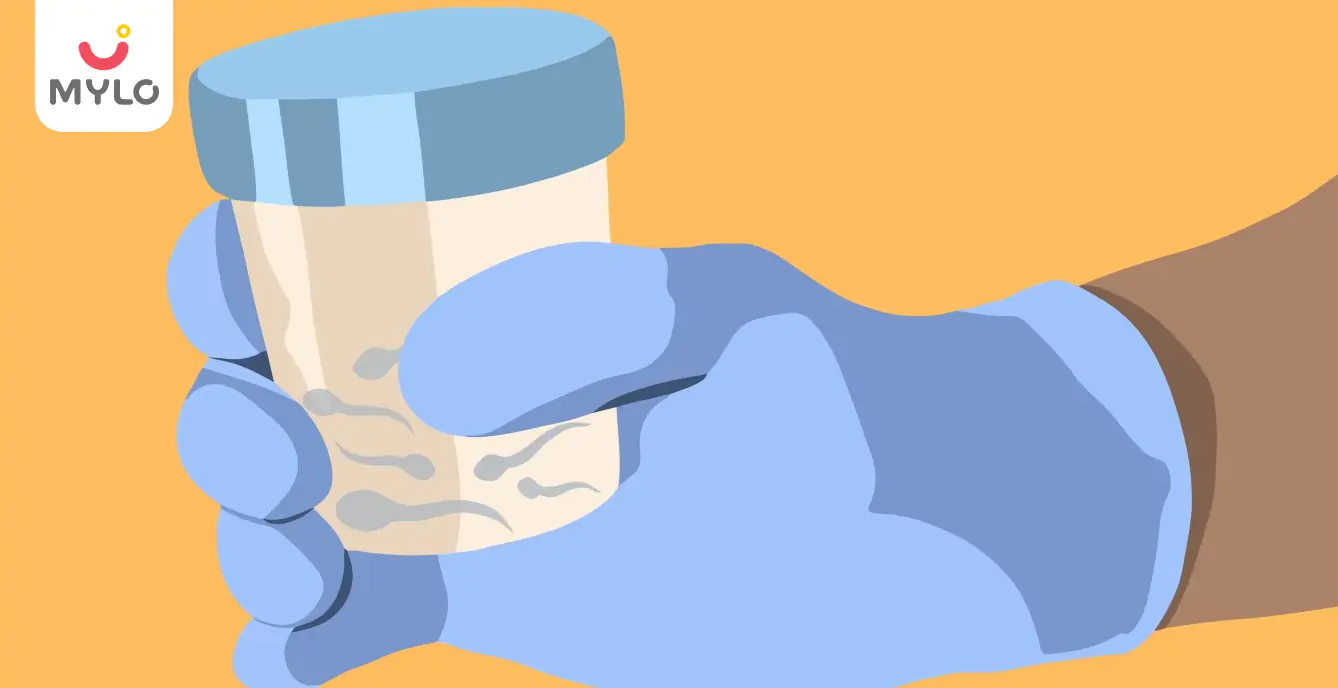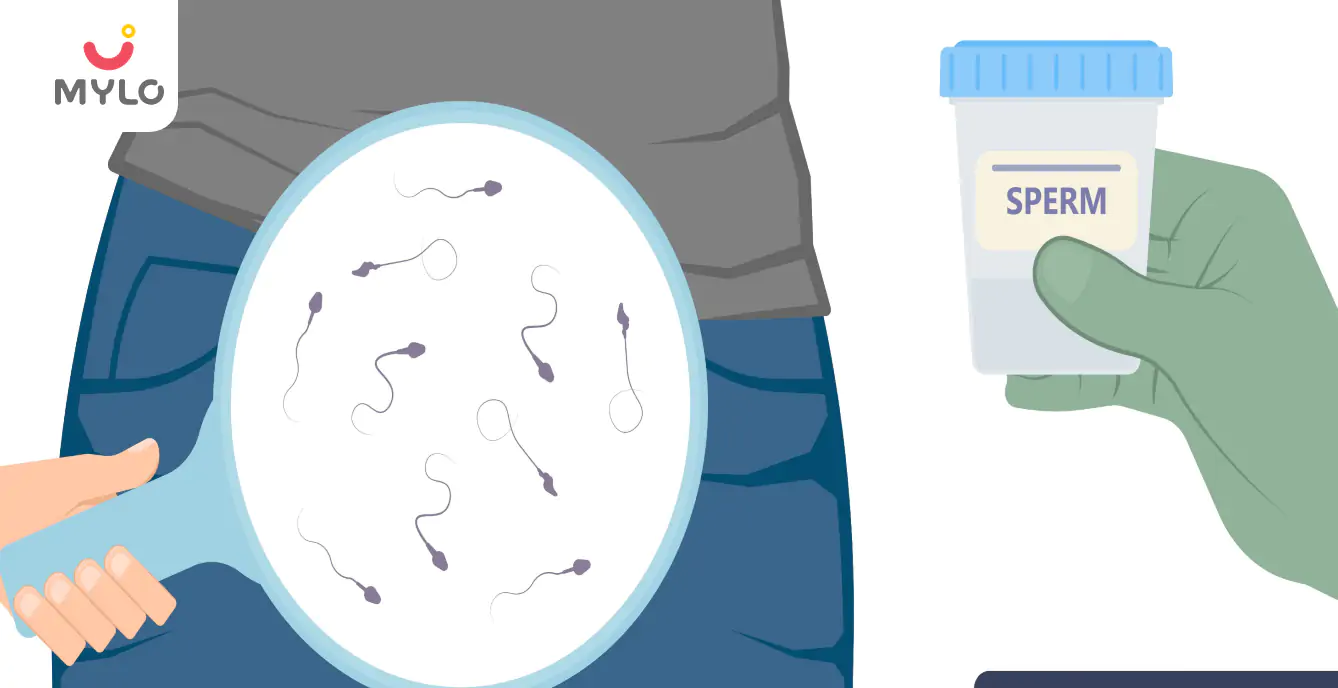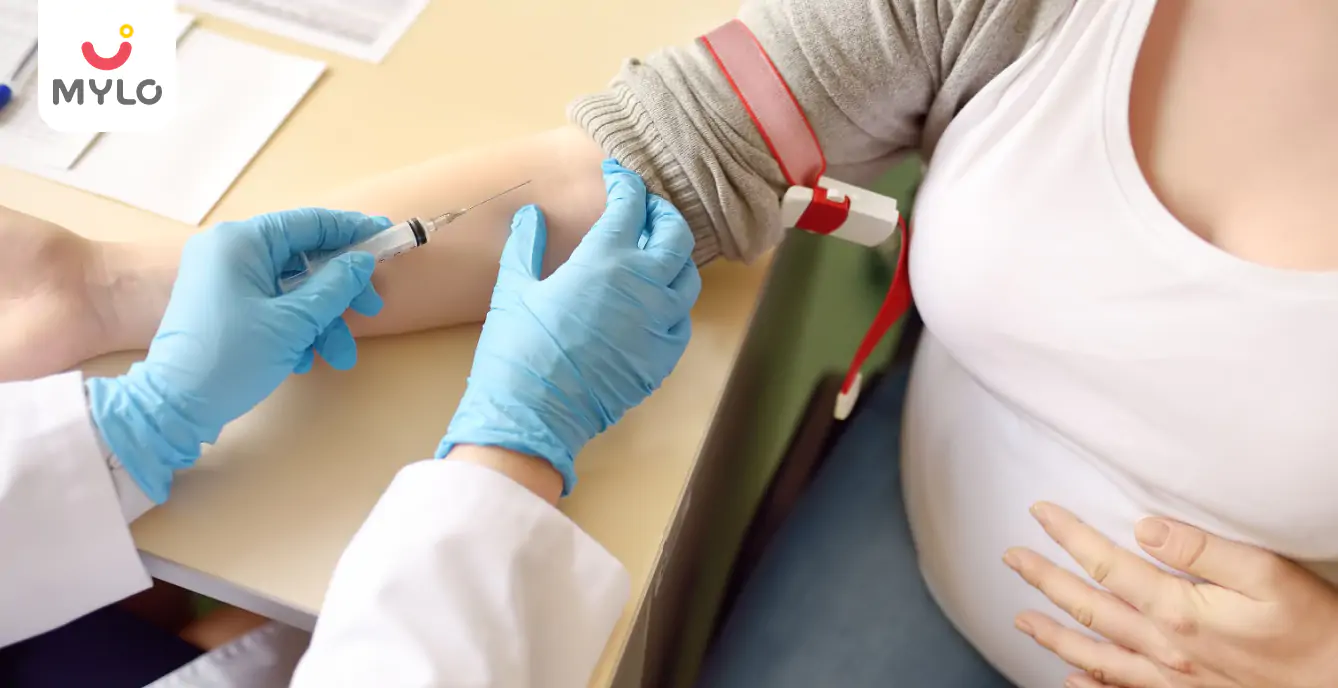Home

In Vitro Fertilization (IVF)

Embryo Transfer: The Ultimate Guide to Procedure, Success Rates and FAQs
In this Article

In Vitro Fertilization (IVF)
Embryo Transfer: The Ultimate Guide to Procedure, Success Rates and FAQs
Updated on 31 July 2023
After years of trying to conceive naturally, Avni and Dhruv finally turned to medical science to fulfil their dream of parenthood. But the journey of IVF (in vitro fertilization) wasn’t without its fair share of challenges- from finding the right fertility clinic to preparing for the procedure ahead. The next milestone in their journey was embryo transfer and naturally, they wanted to know everything about this procedure.
So, join Avni and Dhruv as they learn about the embryo transfer procedure, its success rates and precautions after embryo transfer and find answers to doubts they may have along the way.
What is Embryo Transfer?
Embryo transfer is an integral part of the in vitro fertilization (IVF) process. It involves the placement of fertilized embryos into the uterus of a woman who is trying to conceive. This procedure offers hope for couples struggling with infertility or those who require assistance to conceive due to various medical reasons. Embryo transfer in IVF is a crucial step that determines the success of IVF treatment.
How Many Embryos are Transferred in IVF?
The number of embryos transferred during IVF varies depending on several factors, including the woman's age, the quality of the embryos, and the specific circumstances of the couple. In most cases, the goal is to achieve a healthy pregnancy while minimizing the risk of multiple pregnancies. The transfer of a single embryo, known as a single embryo transfer (SET), is increasingly preferred to reduce the likelihood of complications associated with multiple pregnancies.
However, in certain situations, such as advanced maternal age or previous unsuccessful attempts, the transfer of multiple embryos may be recommended.
You may also like : Foods to Avoid After Embryo Transfer & Other Precautions to Boost Your Chances
What's the Difference in Fresh vs Frozen Embryo Transfer?
Fresh and frozen embryo transfers are two different approaches to the embryo transfer procedure.
1. Fresh Embryo Transfer
In a fresh embryo transfer, the embryos are transferred to the uterus soon after they are fertilized. This typically occurs within a few days of egg retrieval.
2. Frozen Embryo Transfer
On the other hand, frozen embryo transfer involves freezing the embryos after fertilization and transferring them to the uterus at a later time, usually during a different menstrual cycle.
Both methods have their advantages and disadvantages, and the choice between fresh and frozen transfer depends on various factors, including the woman's reproductive health and the recommendations of the fertility specialist.
What is the Embryo Transfer Procedure?
The transfer procedure is a relatively simple and painless process that usually takes place in the fertility clinic. It is typically performed on an outpatient basis and does not require anesthesia. Before the procedure, the woman's uterus is prepared by using hormonal medications to optimize the chances of successful implantation.
During the actual transfer, a thin catheter is guided through the cervix and into the uterus, allowing the embryos to be gently placed in the optimal location. The entire procedure usually takes only a few minutes and is well-tolerated by most women.
How to Prepare for the Embryo Transfer Day?
Preparing for the embryo transfer day is crucial to maximize the chances of success. The fertility specialist will provide detailed instructions to follow leading up to the procedure. These instructions may include recommendations for medications, dietary changes, and lifestyle modifications. It is essential to strictly adhere to the prescribed medication regimen and maintain a healthy lifestyle.
This may involve avoiding strenuous activities, practicing stress-reducing techniques, and maintaining a well-balanced diet. Additionally, it is important to communicate any concerns or questions with the fertility clinic to ensure a smooth and successful transfer.
What are the Embryo Transfer Success Rates?
Embryo transfer success rates can vary depending on several factors such as the woman's age, the quality of the embryos, and the underlying cause of infertility. On average, the success rates range from 30% to 40% per transfer for women under the age of 35. However, it is important to note that success rates can decline with increasing age.
The fertility specialist will discuss the specific success rates based on individual circumstances and provide realistic expectations. It is crucial to remember that IVF is not always successful in the first attempt, and multiple cycles may be required to achieve a pregnancy.
You may also like : Sleeping Position After IVF & Other Precautions That Can Boost Your Chances of Success
What Happens After Embryo Transfer?
After the embryo transfer, it is essential to take adequate rest and avoid strenuous activities for a few days. The woman may experience mild cramping or spotting, which is considered normal. It is advisable to follow the post-transfer instructions provided by the fertility clinic, including any prescribed medications.
It is important to note that pregnancy symptoms may not appear immediately after the transfer, and it is best to wait for the recommended time before taking a pregnancy test. The fertility clinic will schedule a follow-up appointment to monitor the progress and provide further guidance.
FAQs
1. Is embryo transfer painful?
The embryo transfer procedure itself is generally painless and does not require anesthesia. Some women may experience mild discomfort or cramping during or after the procedure, but this is usually temporary. If any concerns arise, it is advisable to communicate with the fertility clinic to ensure a comfortable experience.
2. What to eat after embryo transfer?
Maintaining a healthy diet is essential after transfer to provide optimal conditions for implantation and early pregnancy. It is recommended to focus on a well-balanced diet that includes a variety of fruits, vegetables, lean proteins, whole grains, and healthy fats. Additionally, staying hydrated and avoiding excessive caffeine and alcohol consumption is advisable.
3. What to do after embryo transfer to increase success?
After transfer, it is important to take care of oneself and minimize stress. Engaging in activities that promote relaxation, such as gentle exercise, meditation, and spending time with loved ones, can be beneficial. It is also crucial to follow the prescribed medication regimen and any additional instructions provided by the fertility clinic.
Key Takeaways
Embryo transfer is a vital step in the IVF process, offering hope to couples struggling with infertility. The actual procedure is relatively simple, and preparing for the transfer day is crucial for success. Embryo transfer success rates can vary, and it is important to have realistic expectations. After the transfer, taking care of oneself and following the post-transfer instructions is essential. By understanding the procedure and taking necessary precautions, couples can increase their chances of a successful pregnancy through embryo transfer.
References
1. Bortoletto P, Bakkensen J, Anchan RM. (2018). Embryo transfer: timing and techniques. Minerva Endocrinol.
2. D'Angelo A, Panayotidis C, Alteri A, Mcheik S, Veleva Z. (2022). Evidence and consensus on technical aspects of embryo transfer. Hum Reprod Open.



Written by
Anupama Chadha
Anupama Chadha, born and raised in Delhi is a content writer who has written extensively for industries such as HR, Healthcare, Finance, Retail and Tech.
Read MoreGet baby's diet chart, and growth tips

Related Articles
Related Questions
Hello frnds..still no pain...doctor said head fix nhi hua hai..bt vagina me pain hai aur back pain bhi... anyone having same issues??

Kon kon c chije aisi hai jo pregnancy mei gas acidity jalan karti hain... Koi btayega plz bcz mujhe aksar khane ke baad hi samagh aata hai ki is chij se gas acidity jalan ho gyi hai. Please share your knowledge

I am 13 week pregnancy. Anyone having Storione-xt tablet. It better to have morning or night ???

Hlo to be moms....i hv a query...in my 9.5 wk i feel body joint pain like in ankle, knee, wrist, shoulder, toes....pain intensity is high...i cnt sleep....what should i do pls help....cn i cosult my doc.

Influenza and boostrix injection kisiko laga hai kya 8 month pregnancy me and q lagta hai ye plz reply me

Related Topics
RECENTLY PUBLISHED ARTICLES
our most recent articles

Male Infertility
Hyperspermia: The Ultimate Guide to Understanding Excessive Semen Production

Reproductive health
Painful Ejaculation and Its Impact on Men's Health: From Stigma to Solutions

Male Infertility
Hypospermia: What Every Man with Low Semen Volume Should Know

Allergies
Eye Flu Alert: The Seasonal Epidemic You Need to Know About

Periods
How Many Days After IUI Should I Get My Period: Understanding the Timeline

Scans & Tests
An Expecting Mother's Guide to Glucose Tolerance Test (GTT)
- Difference Between IUI and IVF: Which is Better for You?
- Ovarian Stimulation: Understanding the Process and What to Expect
- IVF Baby Delivery: Will You Have a C Section or Vaginal Delivery?
- How Many Injections for IVF Treatment Do You Really Need
- IUI Failure Symptoms & Reasons: Understanding Why IUI Fails & What to Do Next
- Fever During Breastfeeding: Tips from Experts for New Moms
- Indian Food to Increase Breast Milk: Everything You Need to Know
- Lactose Intolerance in Babies: A Parent’s Guide to Identifying and Managing it
- TESA IVF: How This Procedure Can Help You Achieve Your Dream of Parenthood
- How Can You Encourage Sensory Play for Your Baby and What are Its Benefits?
- After How Many Weeks IVF Pregnancy Is Safe: Understanding The Ideal Timeline
- Exploring the Senses: 9 Incredible Benefits of Sensory Play for Your Child's Development
- The Ultimate Guide to Childproofing Your Home
- Start Their Love for Reading Early: The Best Books for Baby's First Library


AWARDS AND RECOGNITION

Mylo wins Forbes D2C Disruptor award

Mylo wins The Economic Times Promising Brands 2022
AS SEEN IN
















- Mylo Care: Effective and science-backed personal care and wellness solutions for a joyful you.
- Mylo Baby: Science-backed, gentle and effective personal care & hygiene range for your little one.
- Mylo Community: Trusted and empathetic community of 10mn+ parents and experts.
Product Categories
baby carrier | baby soap | baby wipes | stretch marks cream | baby cream | baby shampoo | baby massage oil | baby hair oil | stretch marks oil | baby body wash | baby powder | baby lotion | diaper rash cream | newborn diapers | teether | baby kajal | baby diapers | cloth diapers |








